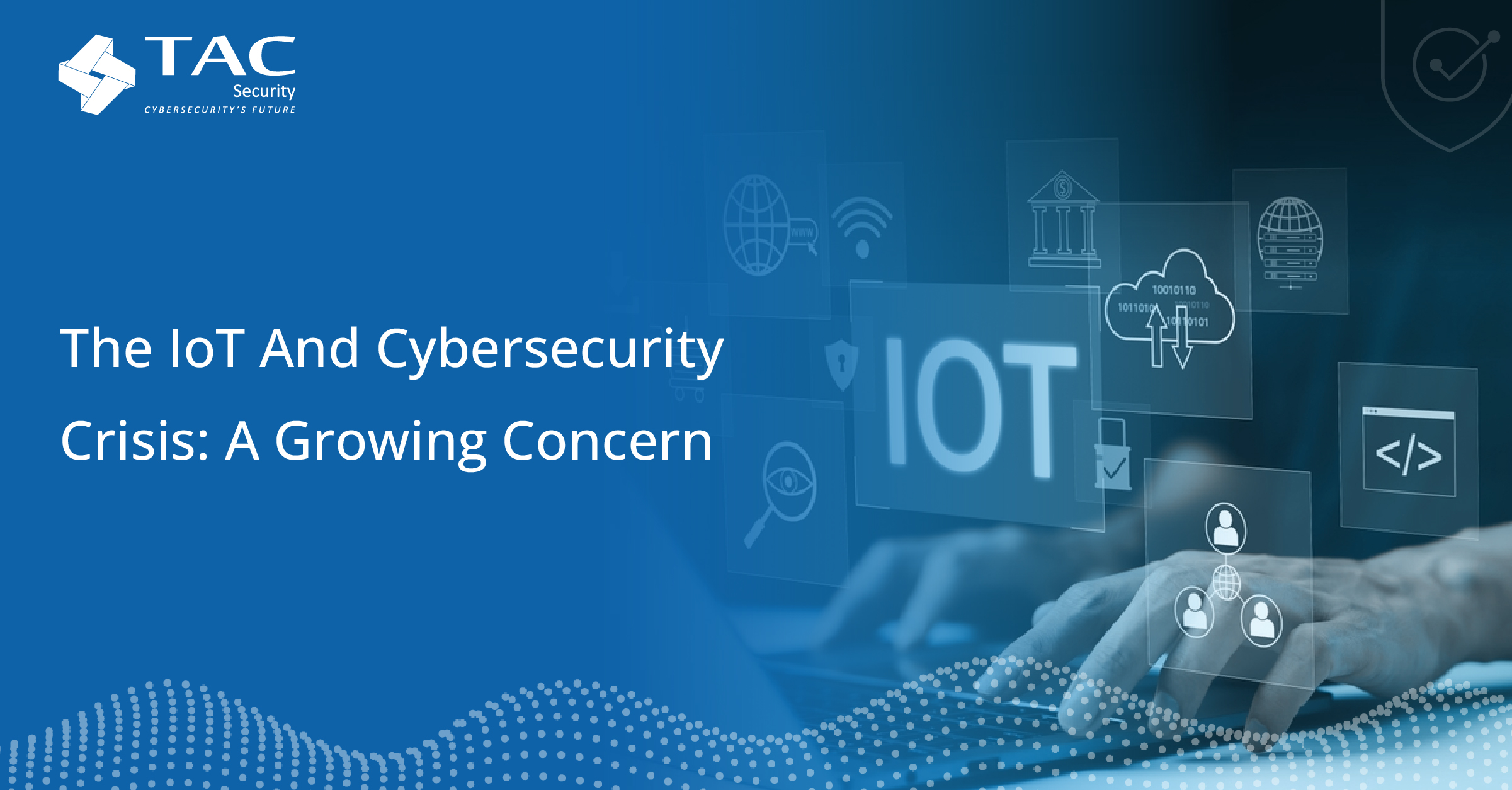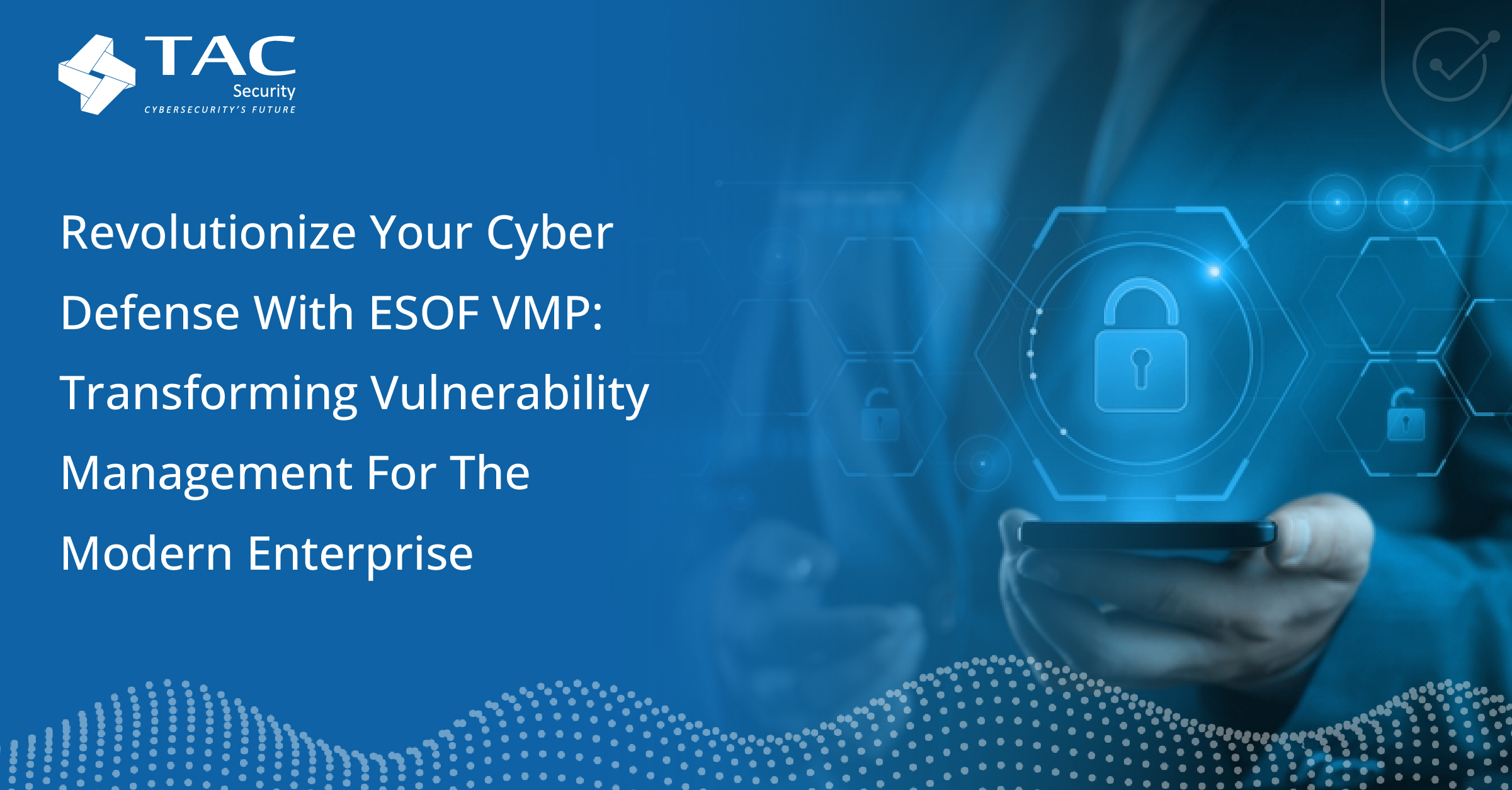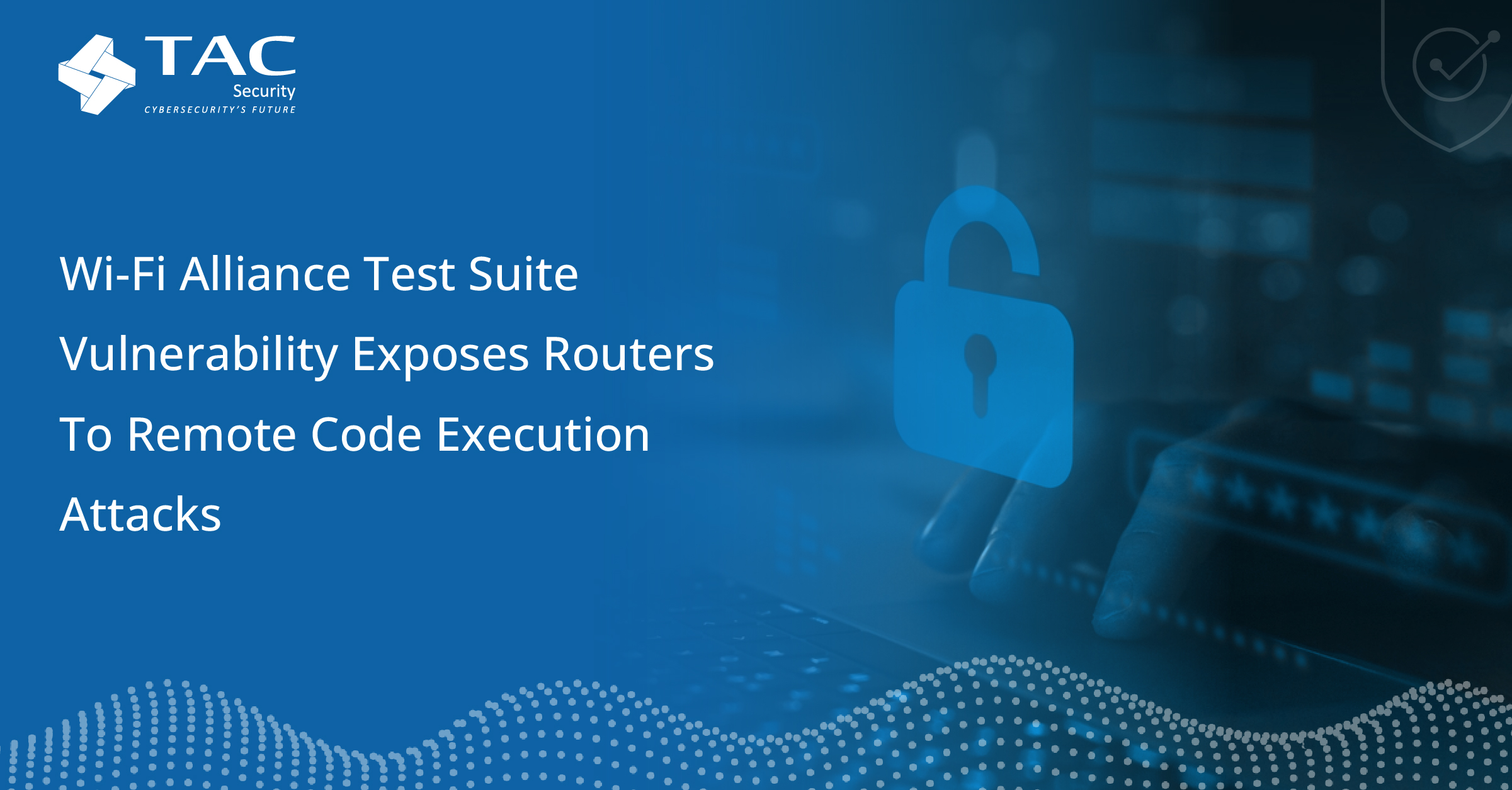
The Internet of Things (IoT) revolution promises to transform our lives, connecting everything from household appliances to industrial machinery. However, this surge in connectivity brings significant cybersecurity risks that cannot be ignored. As more devices join the network, the potential for breaches and attacks increases dramatically.
A Troubling Trend
In recent years, numerous security vulnerabilities have been identified in connected devices, raising alarms among cybersecurity experts. From hacked coffee machines to compromised surveillance cameras, these vulnerabilities expose users to privacy violations and system disruptions. The alarming reality is that what should be a secure alliance between IoT and cybersecurity often resembles a distant acquaintance.
The Industrial Impact
As we move toward Industry 4.0, where factories are increasingly automated, the stakes are even higher. A single security flaw in a connected device can have far-reaching consequences on a global scale. The potential for ransomware attacks, demonstrated through breaches in traditional computer systems, could easily extend to interconnected industrial devices.
Warning Signs from Experts
Organizations such as the OWASP Foundation and cybersecurity firms like Avast and Kaspersky have repeatedly issued warnings about these vulnerabilities. A report by Bank of America predicts that the number of connected devices will surge from 30 billion to over 150 billion in the next seven years—a perfect breeding ground for cybercriminals.
Gonzalo Carracedo, director of innovation at Tarlogic, emphasizes the dangers of interconnected vulnerabilities: “If you have a device with a vulnerability but it’s isolated, that vulnerability stays there. But if it’s connected… the damage escalates to limits that we don’t really know about.”
Lessons from Past Incidents
The Mirai and Reaper botnets have shown the capability of malicious actors to commandeer vast networks of everyday devices. These attacks underline a critical point: when a device is exposed to the internet, its security cannot be taken for granted.
The Necessity of Integrated Cybersecurity
The urgent need to integrate cybersecurity into the IoT ecosystem is clear. Cybersecurity should not be an afterthought but a foundational aspect of device design. Carracedo warns, “Cybersecurity cannot be a topping. It has to be at the heart of the engineering process because if it isn’t, we see what happens.”
A Cultural Shift
Addressing these challenges requires a cultural shift among manufacturers, developers, and users alike. Most users remain unaware of the serious risks involved in connected devices, such as data theft and privacy violations. Statistics reveal that 80% of malware attacks on IoT devices stem from weak passwords or misconfigured settings, underscoring a widespread disregard for basic cybersecurity practices.
The Role of Cost and Knowledge
Haste and cost-cutting often drive manufacturers to prioritize functionality over security, creating vulnerabilities that could lead to significant reputational damage. Additionally, a shortage of skilled cybersecurity professionals hampers the ability to design secure devices from the outset. Carracedo highlights the necessity for advanced cybersecurity services, emphasizing that manufacturers are responsible for the data they collect and process.
Moving Forward
As the IoT revolution accelerates, the time to address cybersecurity is now. Ensuring robust security measures must become a priority for manufacturers and developers to safeguard users and their data. Ignoring this critical aspect could lead to a cascade of breaches and crises that threaten the very foundation of our interconnected world.
In conclusion, the intersection of IoT and cybersecurity presents both challenges and opportunities. By prioritizing security in the design and implementation of connected devices, we can work towards a safer digital future.





